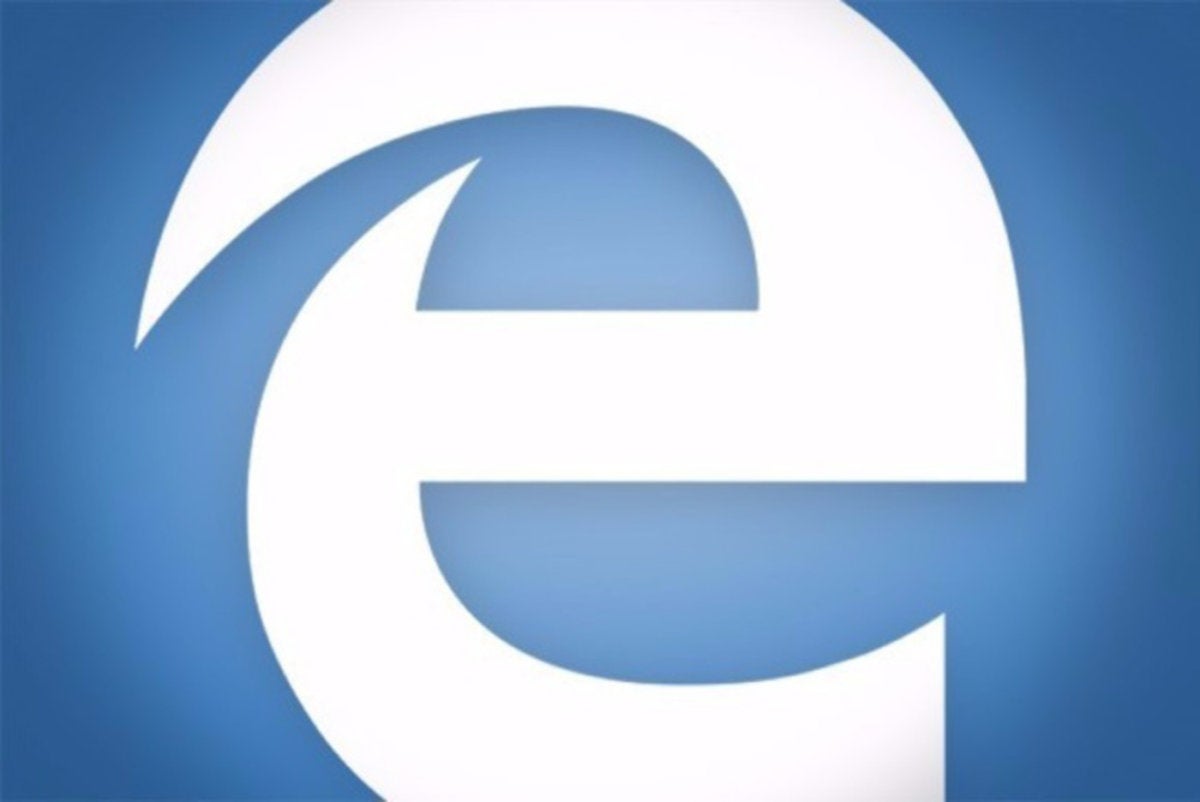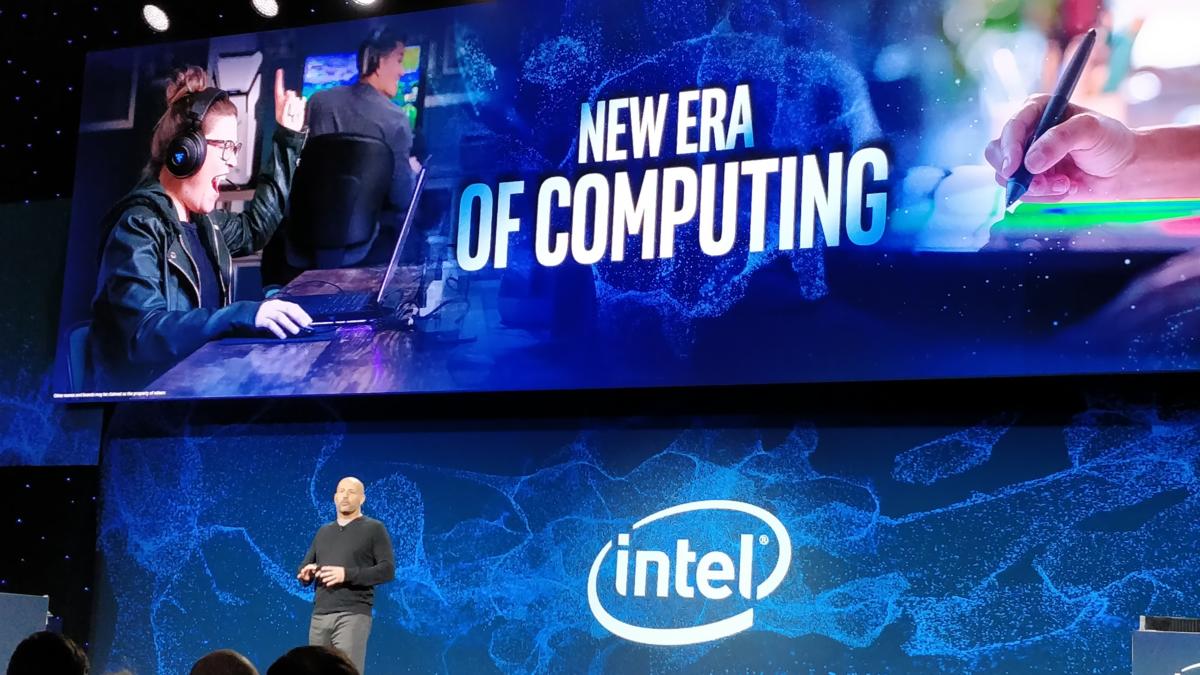
Many businesses and individuals are optimistic that this AI-driven shift in the workplace will result in more jobs being created than lost. As we develop innovative technologies, AI will have a positive impact on our economy by creating jobs that require the skill set to implement new systems. 80% of respondents in the EY survey said it was the lack of these skills that was the biggest challenge when employing AI programs. It is likely that artificial intelligence will soon replace jobs involving repetitive or basic problem-solving tasks, and even go beyond current human capability. AI systems will be making decisions instead of humans in industrial settings, customer service roles and within financial institutions. Automated decisioning will be responsible for tasks such as approving loans, deciding whether a customer should be onboarded or identifying corruption and financial crime. Organisations will benefit from an increase in productivity as a result of greater automation, meaning more revenue will generated. This thus provides additional money to spend on supporting jobs in the services sector.
One important characteristic distinguishing startup projects from strategic initiatives is an expectation that the idea might not work. This is an appreciably different mindset. Established companies that pursue major strategic initiatives invariably make big investments of resources, making the initiative both high profile and high risk. Leaders end up loathe to abandon struggling initiatives, usually choosing instead to revamp and reinvest. Startups simply pivot. Because the initial goal of the startup is to identify a viable value proposition, most leaders of startups will be quick to jump ship if an idea is headed nowhere. They are eager to explore for ideas that work and are not possessive of those that don’t. Admirers tend to pay most of their attention to the successful innovations at digital companies. But failures play just as important a role in the success of digital businesses. Airbnb’s founders learned early on that the market for renting an air mattress on a stranger’s floor was limited.

If Microsoft were to dump IE, when would be the best time? The logical moment would be when Windows 7 - currently the world's second-most-popular operating system - is itself retired Jan. 14, 2020. IE and Windows 7 have a relationship, forged in the years when the browser accounted for more than half of all user share, that simply doesn't exist between IE and Windows 10; in Windows 10, the browser was never more than a sop to backwards compatibility. Not coincidentally, by that time Microsoft should be finished with its conversion of Edge to the technology that powers Google's Chrome. The transformation of Edge, announced in early December, is to take place "over the next year or so," a Microsoft executive said a month ago. The "full-Chromium" Edge - called that because Microsoft will adopt the Chromium open-source code to power its browser - will be available not just for Windows 10, but also for Windows 7 and Windows 8.1.
Improbable vs. Unity: Why enterprise cloud users should take notice
“As we move towards more online, more complex, more rapidly-evolving worlds, we will become increasingly interdependent on a plethora of platforms that will end up having enormous power over developers. The games we want to make are too hard and too expensive to make alone,” the blog post reads. “In the near future, as more and more people transition from entertainment to earning a real income playing games, a platform going down or changing its Terms of Service could have devastating repercussions on a scale much worse than today.” The company then goes on to make a case for the creation of a “code of conduct” that would offer developers a degree of protection in disputes like this, by laying down some rules about what is (and what is not) permissible behaviour for suppliers within the ecosystem to indulge in. There are similar efforts afoot within the enterprise cloud space focused on this, led by various governing bodies and trade associations.

The bigger news was that Intel showed off the 10nm Ice Lake architecture, which is based on a whole new microarchitecture and finally achieves 10nm fabrication. Intel has been stymied for years at getting to 10nm. The company expects to ship desktop and notebook Ice Lake processors at the end of this year, with server processors coming in 2020. The Ice Lake architecture is called Sunny Cove, which promises a significant improvement in performance over the current Skylake generation of processors through a set of changes that are inordinately complex to explain, and I don’t want to spend time on it. Suffice it to say, all of the changes mean the processor can execute code with much more depth and breadth than Skylake. It also has fixes for the Spectre v2 exploit. Spectre v1 has already been fixed in shipping products. Intel also announced a brand-new class of AI processor called the Nervana NNP-1, which stands for neural network processor and is being positioned as an alternative to GPU-based AI.
Moving to the cloud? 3 critical data efforts you must make
No matter if you’re talking about a blockchain database, an in-memory database, a distributed database, or a data lake, there are special-purpose databases that are built for a particular purpose that may be better fits for your applications. At least ask the question before your migration. With many enterprises using the same old enterprise relational databases that are demanding higher and higher license fees, moving to a special-purpose database not only will be an increase in functionality and optimization, but it is likely to be much cheaper in the cloud. Most databases are not designed well, and many organizations are just picking up those bad designs and relocating them to the cloud. Moreover, they are not considering other databases models, such as object databases and graph databases. Moving to the cloud is a great time to look at other database models. However, what is pretty much mandatory is that you revise any deficiencies in the existing structures. This means revising your databases so they best resemble the business.
Commercial drones… Ready for take-off?

While the mainstream adoption of drone deliveries is not quite ready, the technology is already displaying how it can make a significant impact across different industries. The public sector, in particular, is a beneficiary of its use. Most recently, the New York Police Department, America’s largest police force, announced that it will be trialling drone technology in hostage situations as well as search and rescue operations. Drones will be used to scope out incidents before officers arrive, warning of any potential hazards or emergencies. Similarly, it was recently revealed that Chinese students have designed Net Guard, drone technology that uses netting to safely rescue those who have to abandon buildings due to fire emergencies. In healthcare, commercial drones are already being used to administer aid. Zipline, a Silicon Valley start-up, is helping medical professionals to overcome locational barriers by medicine to those in difficult-to-reach areas. In fact, it has already helped to deliver 1000 blood drops in Rwanda, saving lives and providing relief.
Where You Go Tells Who You Are—and Vice Versa
Estimating travel demand in a city is a critical tool for urban planners to understand traffic patterns, predict traffic congestion, and plan ahead for transportation infrastructure maintenance and replacement. For years, researchers have used the classic practice of multiplying the number of trips per day per person for different demographic groups to model activity-based travel demand. But because this method was developed before the current era of ubiquitous sensors—GPS devices, smartphones, cameras on light poles, and connected vehicles, among them—researchers have found it difficult to validate their estimates in real-world situations. Mining data to analyze tracking patterns, Sharon Di, assistant professor of civil engineering and engineering mechanics at Columbia Engineering, has discovered that she can infer the population travel demand level in a region from the trajectories of just a portion of travelers.
A neural network can learn to organize the world it sees into concepts

“There’s a chance for us to learn what a network knows from trying to re-create the visual world,” says David Bau, an MIT PhD student who worked on the project. So the researchers began probing a GAN’s learning mechanics by feeding it various photos of scenery—trees, grass, buildings, and sky. They wanted to see whether it would learn to organize the pixels into sensible groups without being explicitly told how. Stunningly, over time, it did. By turning “on” and “off” various “neurons” and asking the GAN to paint what it thought, the researchers found distinct neuron clusters that had learned to represent a tree, for example. Other clusters represented grass, while still others represented walls or doors. In other words, it had managed to group tree pixels with tree pixels and door pixels with door pixels regardless of how these objects changed color from photo to photo in the training set.
Reimagining the Digital Bank Branch of the Future: Let’s Get Practical
Virtually all banks have been migrating service transactions to digital channels, yet the pace of change and the return on investment vary substantially. The leaders make it easy for customers and take care to help them adopt and use digital tools. Citibanamex, for instance, took on the bad volume challenge, which is particularly vexing in Mexico. The bank reckoned that its customers and employees were spending 5 billion minutes per year in service transactions at branches, with the vast bulk of that time on the customers’ end. This waste took a toll on the bank’s cost-to-income ratio and ultimately on profits—not to mention customer and employee advocacy. Through a combination of initiatives ranging from simplifying online forms and printing formats, to migrating more transactions to ATMs, to reducing wait time at teller windows, Citibanamex freed up 1 billion minutes—providing a major boost to customer satisfaction and employee advocacy.
Quote for the day:
"It's not about how smart you are--it's about capturing minds." -- Richie Norton
No comments:
Post a Comment